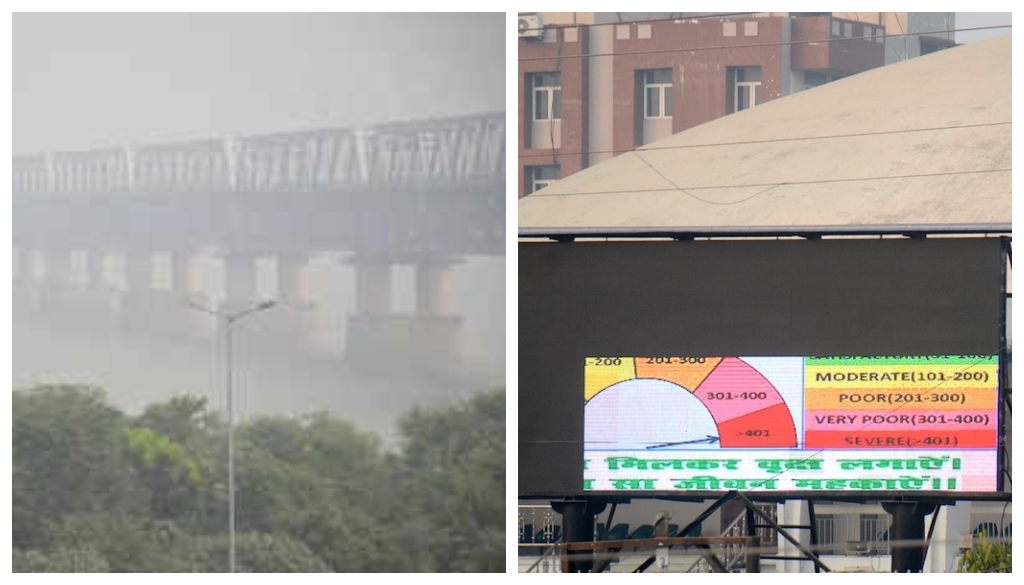
Patna: Katihar in north-east Bihar recorded the cleanest air in the state on Wednesday, with an Air Quality Index (AQI) of 70, while Hajipur near Patna registered the highest pollution level at 160—placing it in the ‘moderate’ category, according to data from the Central Pollution Control Board (CPCB).
Air quality across much of Bihar remained in the ‘satisfactory’ range, though several towns saw rising pollution levels. In Gaya, a popular Buddhist pilgrimage destination, the AQI increased from 49 on Tuesday to 64 on Wednesday but remained within satisfactory limits. Similarly, Muzaffarpur and Bettiah recorded AQI levels of 84 and 85 respectively.
The AQI in Bihar’s capital, Patna, stood at 93, maintaining satisfactory status, alongside Buxar (92), Aurangabad (93), and Bhagalpur (97). However, Biharsharif (111), Rajgir (115), and Saharsa (124) slipped into the ‘moderate’ category, signalling growing concern. Hajipur, with an AQI of 160, registered the worst air quality in the state for the day.
The CPCB classifies air quality on a scale from 0 to 500, with readings above 200 considered ‘poor’ or worse. Prolonged exposure to air in the ‘very poor’ or ‘severe’ ranges can cause respiratory distress and other health problems, even in otherwise healthy individuals.
The AQI reflects the concentration of eight key pollutants—PM2.5, PM10, nitrogen oxides, sulphur dioxide, ozone, carbon monoxide, ammonia, and lead. PM2.5, or fine particulate matter smaller than 2.5 microns, continues to be the dominant pollutant in Bihar’s urban centres. These particles are known to penetrate deep into the lungs and bloodstream, contributing to a range of health issues, including asthma, heart disease, and developmental delays in children.





